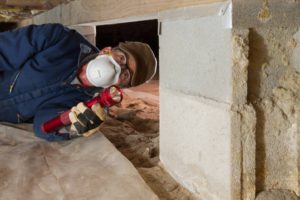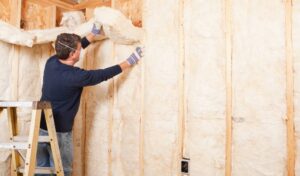Understanding the diverse world of asbestos and its myriad forms is a vital step towards ensuring the safety of individuals who may come into contact with this hazardous mineral. Asbestos, once extensively used in construction, presents substantial health risks when its microscopic fibers become airborne. In this comprehensive guide, we embark on a journey to unveil the visual characteristics of various asbestos types, equipping you with the knowledge needed to identify them.
The Multifaceted World of Asbestos
With over 5000 known products containing asbestos, creating an exhaustive list of each one is a monumental undertaking. However, this guide aims to provide essential insights into the most prevalent asbestos-containing materials, allowing you to gain a nuanced understanding of their visual attributes.
The Varied Appearances of Asbestos
Asbestos materials present an extensive array of visual characteristics, spanning diverse shapes, sizes, and finishes. Recognizing what asbestos looks like is a multifaceted challenge, given its propensity to take on various forms. In this guide, we offer a foundational introduction to asbestos materials that are, relatively speaking, in good condition. However, identifying asbestos in a deteriorated state, or when fragmented into small pieces, is a complex task that often necessitates the expertise of a professional asbestos surveyor.
The Importance of Professional Guidance
While this guide serves as an informative starting point, it is crucial to emphasize that professional assistance is the safest and most recommended course of action when dealing with asbestos. Collaborating with a UKAS-accredited asbestos surveying company, such as Oracle Solutions, ensures precise identification and the implementation of necessary safety measures.
Unveiling the Visual Characteristics of Common Asbestos Types:
Now, let’s delve into the visual attributes of some of the most common asbestos-containing materials:
Asbestos Boards
Known by various names such as Insulating board (AIB), board, or Asbestolux, asbestos boards typically contain 15% to 25% asbestos. They are often characterized by shades of light and dark grey. Asbestos boards are susceptible to easy damage, leading to a high risk of asbestos fiber release. These materials were manufactured and used from the 1880s to the 1980s.
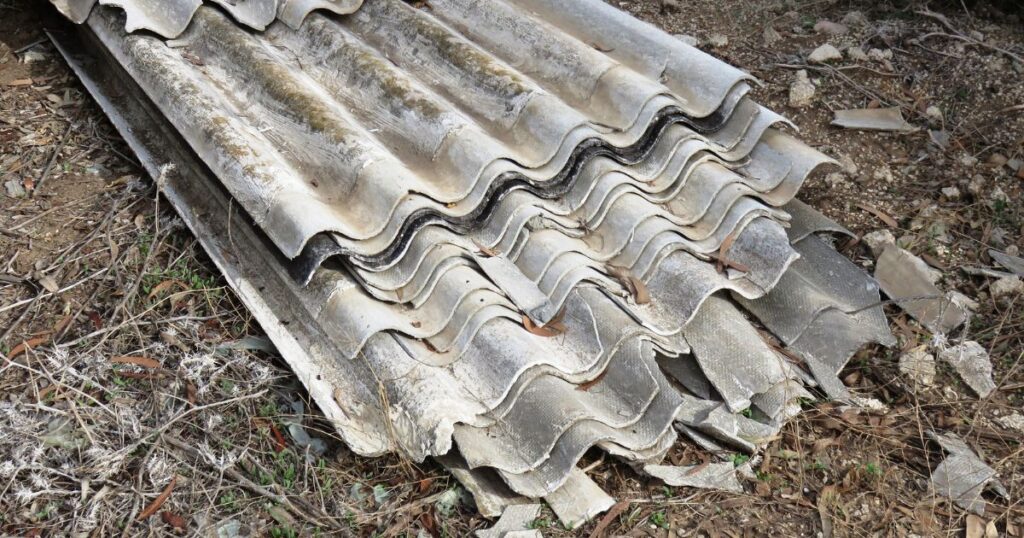
Asbestos Thermal Insulation
Referred to as insulation, pipe lagging, sectional, or caposite, asbestos thermal insulation can contain anywhere from 6% to 85% asbestos. These materials exhibit colors ranging from white to brown, grey, and pink. Their potential for damage and asbestos fiber release is notably high. Asbestos thermal insulation was commonly used from the 1880s to the 1970s. Read more about insulation Seattle.

Asbestos Sprayed Insulation
Known as sprayed insulation, coating, or limpet, this material typically contains between 55% to 85% asbestos. Like many asbestos products, it can come in various colors and finishes. Asbestos sprayed insulation is also highly susceptible to damage, resulting in a high potential for asbestos fiber release. This product was manufactured and used from the 1880s to 1974. Read more about insulation replacement Seattle.
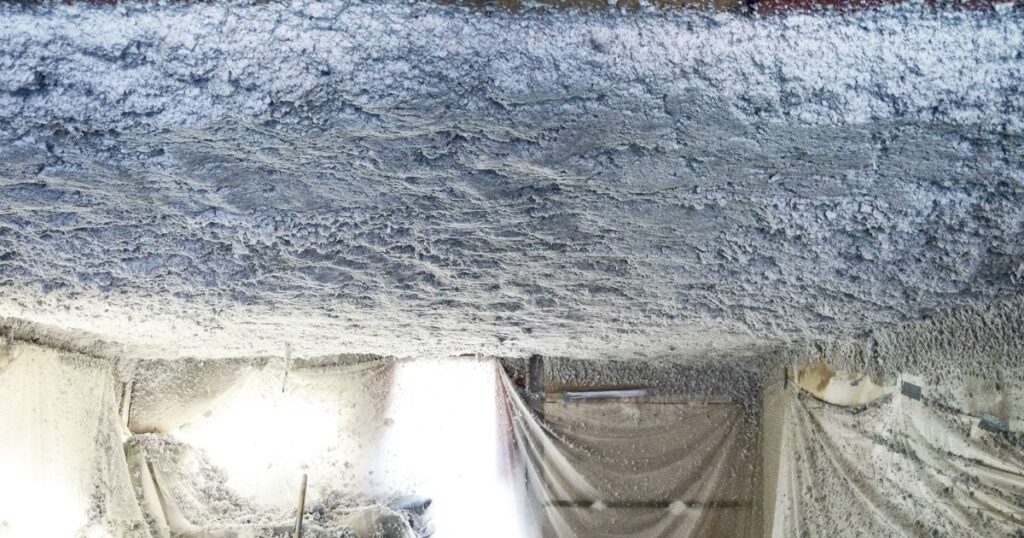
Asbestos Textiles
Under the moniker of textiles, asbestos materials such as rope, gasket, yarn, string, blanket, and cloth have asbestos content approaching 100%. These textiles are primarily white in color, and their density is medium and soft. They are relatively easy to damage, leading to a high potential for asbestos fiber release. Asbestos textiles were manufactured and used from the 1880s to the early 2000s.
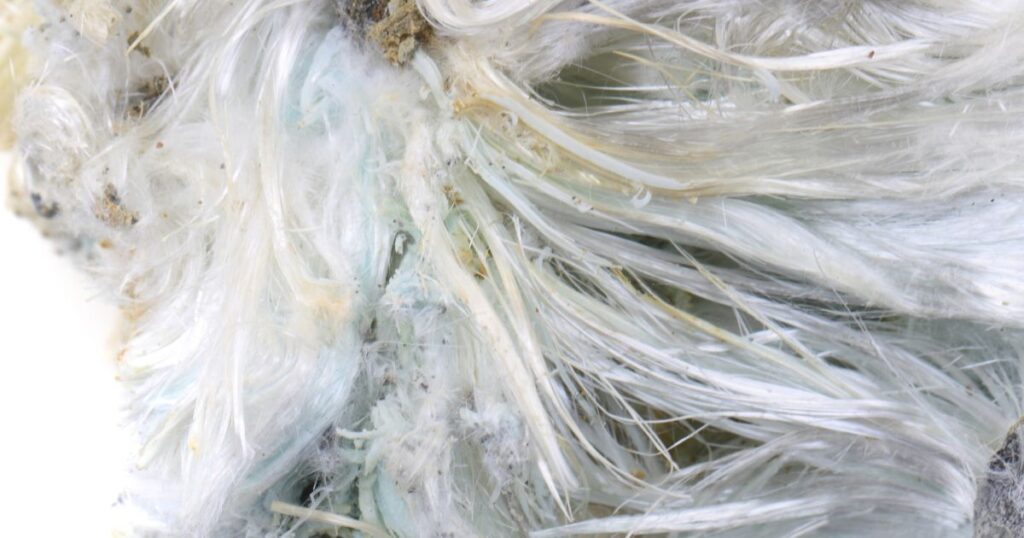
Asbestos Gaskets & Washers
Gaskets, washers, or CAF (compressed asbestos fiber) are among the common asbestos materials. They often contain around 90% asbestos and may come in various colors such as red, green, and pink. Their density is medium, and the potential for damage is moderate, resulting in a lower asbestos fiber release potential. Asbestos gaskets and washers were in use from the 1880s to the 2000s.
Asbestos Cement
Asbestos cement, known by several names, including cement, sheeting, profiled sheeting, cladding, and panels, typically contains 10% to 25% asbestos. Light and dark grey colors are often associated with these materials. They have a high density, which makes them less susceptible to damage and consequently, lowers the risk of asbestos fiber release. Asbestos cement products were manufactured and used from the 1880s to the early 2000s.
Asbestos Paper
Asbestos paper, encompassing materials like paper, lining, backing, and cardboard, is composed of 100% asbestos. These papers are typically white or light brown, and they have a low density. Their potential for damage is high, which corresponds to a medium asbestos fiber release potential. Asbestos paper was manufactured and used from the 1880s to the early 2000s.
Asbestos Vinyl
Asbestos vinyl, known as vinyl, thermoplastic, or floor tiles, contains 2% to 20% asbestos. These materials can be found in various colors, and their density is low. Asbestos vinyl is less prone to damage, resulting in a lower asbestos fiber release potential. It was manufactured and used from the 1880s to the early 2000s and generally resembles linoleum and plastic floor tiles.
Asbestos Resin
Resin, bakelite, and plastic materials that contain 1% to 10% asbestos are collectively known as asbestos resins. These materials are usually black, but they may exhibit various colors. Asbestos resins have a low density and are relatively resistant to damage, leading to a low asbestos fiber release potential. They were manufactured and used from the 1880s to the 1990s.
Asbestos Decorative Coating

Commonly recognized as textured coating, artex, or pebblecoat, asbestos decorative coatings typically contain 3% to 5% asbestos. They come in various colors, primarily white, and have a low density, making them less susceptible to damage and therefore having a lower asbestos fiber release potential. Asbestos decorative coatings were in use from the 1880s to the 1990s and generally resemble a textured paint finish.
In conclusion, recognizing the visual characteristics of different asbestos types is a crucial step in ensuring safety when dealing with asbestos-containing materials. However, always remember that professional assistance is the safest and most recommended approach when asbestos is suspected, given the inherent risks associated with this hazardous material. Collaborating with an accredited asbestos surveying company ensures not only accurate identification but also the adoption of essential safety measures, Call Attic Crew today for more information..

